We recently connected with Werner Sun and have shared our conversation below.
Werner, thanks for joining us, excited to have you contributing your stories and insights. What’s been the most meaningful project you’ve worked on?
In 2021, I was commissioned by the Cornell Botanic Gardens in Ithaca, NY to create an installation of kinetic hanging sculptures for the light-filled atrium of their visitor center. Entitled “Keeping Time with Changing Seasons”, the artwork was meant to accompany an international climate change conference, although I’m pleased to say it has been kept on display since then. For visual materials, I was asked to incorporate images from the research of Professor Karim-Aly Kassam (the conference organizer) and his students at Cornell University, whose work on ecological calendars featured prominently at the conference. Although I had often used photographs in my work, I would usually treat them abstractly, so this assignment was a departure for me because I wanted to preserve the original spirit of the research depicted in the images, particularly the people and landscapes of rural North America and the Pamir Mountains of Asia. Ultimately, this commission taught me how to work authentically with images of the natural world. It was also a welcome opportunity to revisit kinetic mobiles, a medium that I adopted when I first started making art but had neglected lately. Finally, this project unlocked some larger themes in my work, such as the complexity of nature and the connections between art and science, which I have continued to explore in the years since.
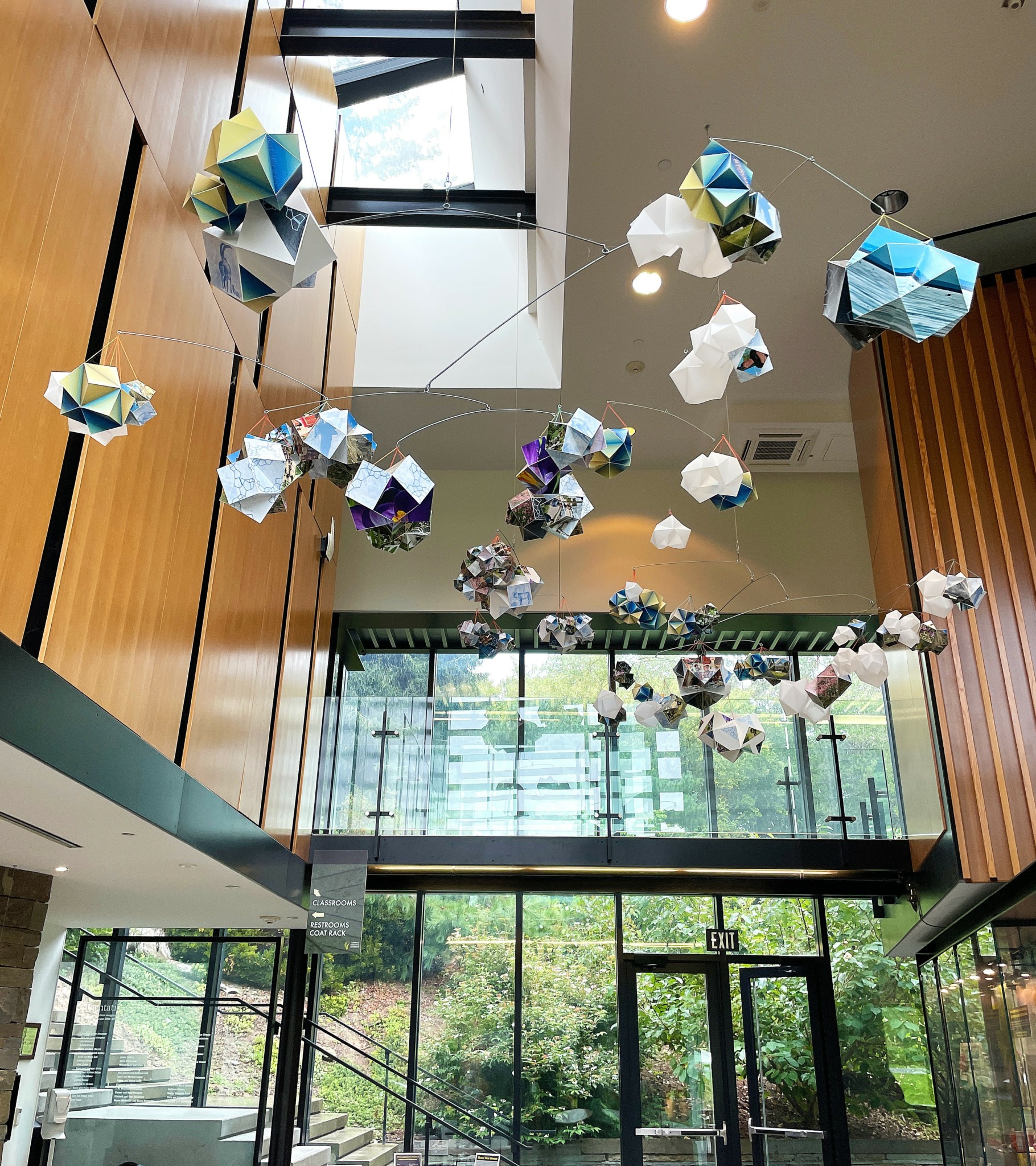
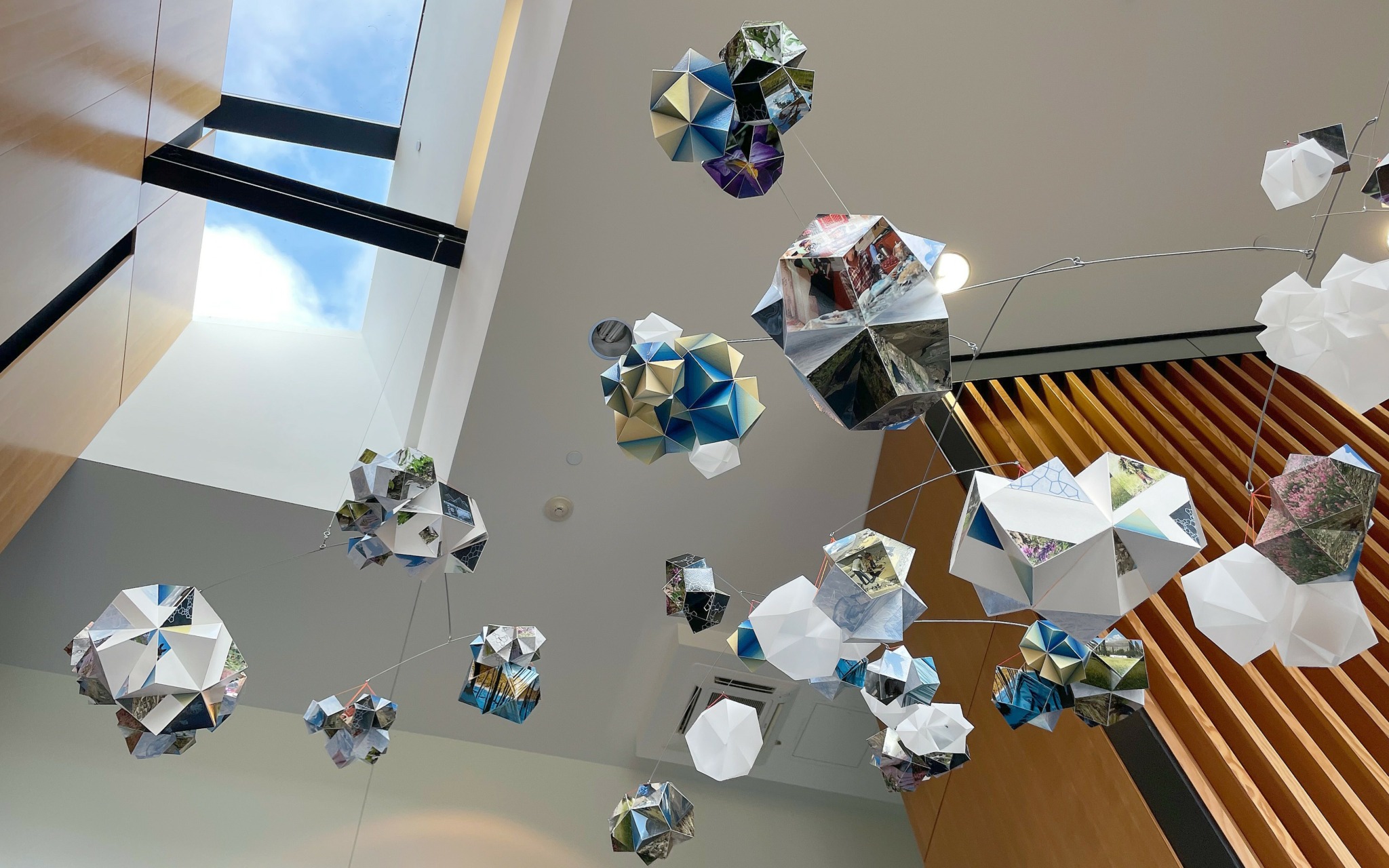
Awesome – so before we get into the rest of our questions, can you briefly introduce yourself to our readers.
I am an artist who works across several different media, including digital images, paper engineering, drawing, painting, and sculpture. Primarily, I make wall-mounted constructions that I call “sculpted prints”, which are photographs and digital compositions that are printed on paper, embellished with paintings and drawings, and then folded into geometric patterns. I have a background in physics and a day job in IT at Cornell University, so my artistic practice bridges these two worlds that I inhabit: science and visual art. My work is not about specific concepts in math and science. Instead, it’s about how scientists (and non-scientists, for that matter) apply different lenses to figure out the world, using a creative process that’s very similar to what an artist might use.
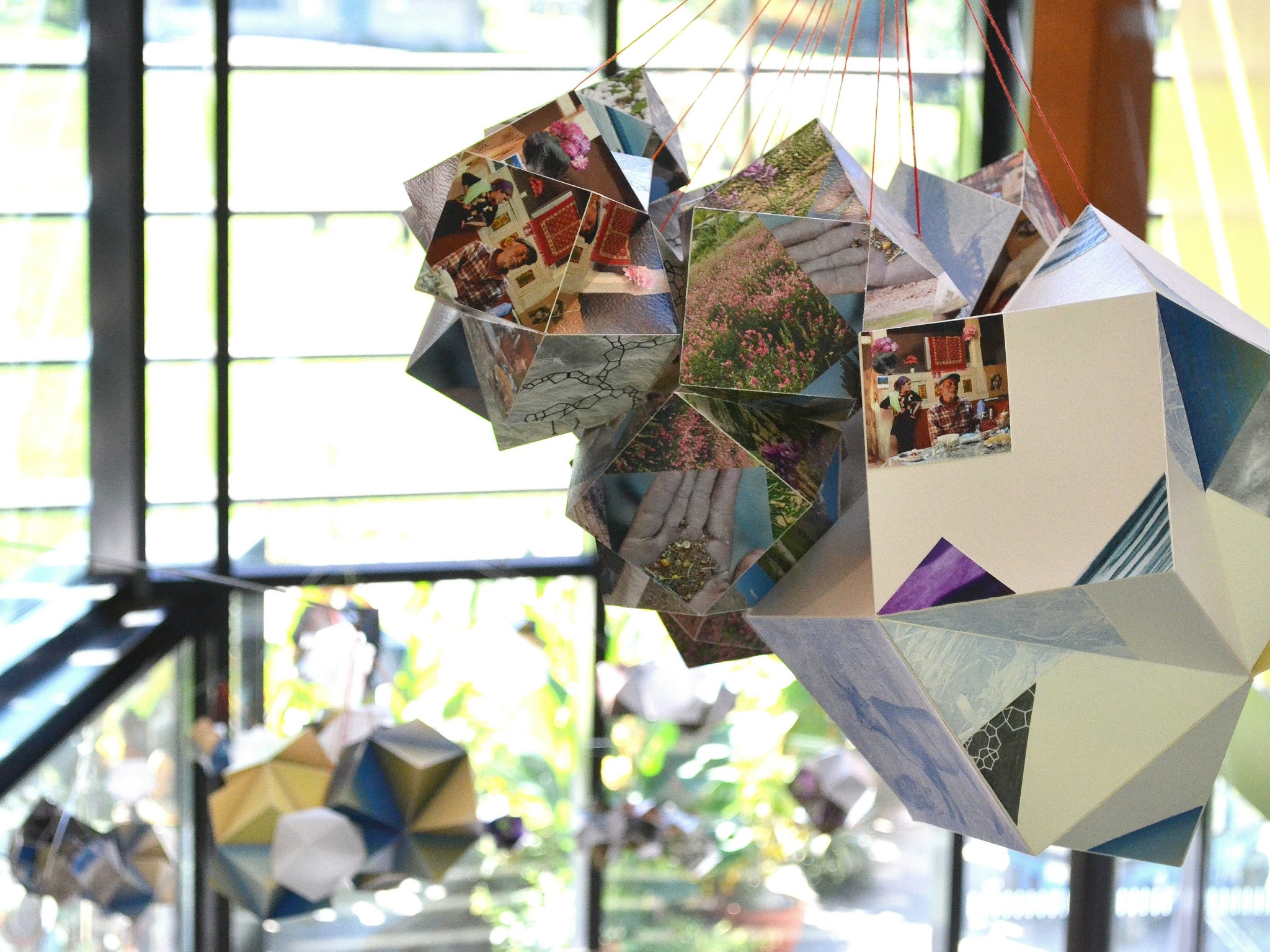
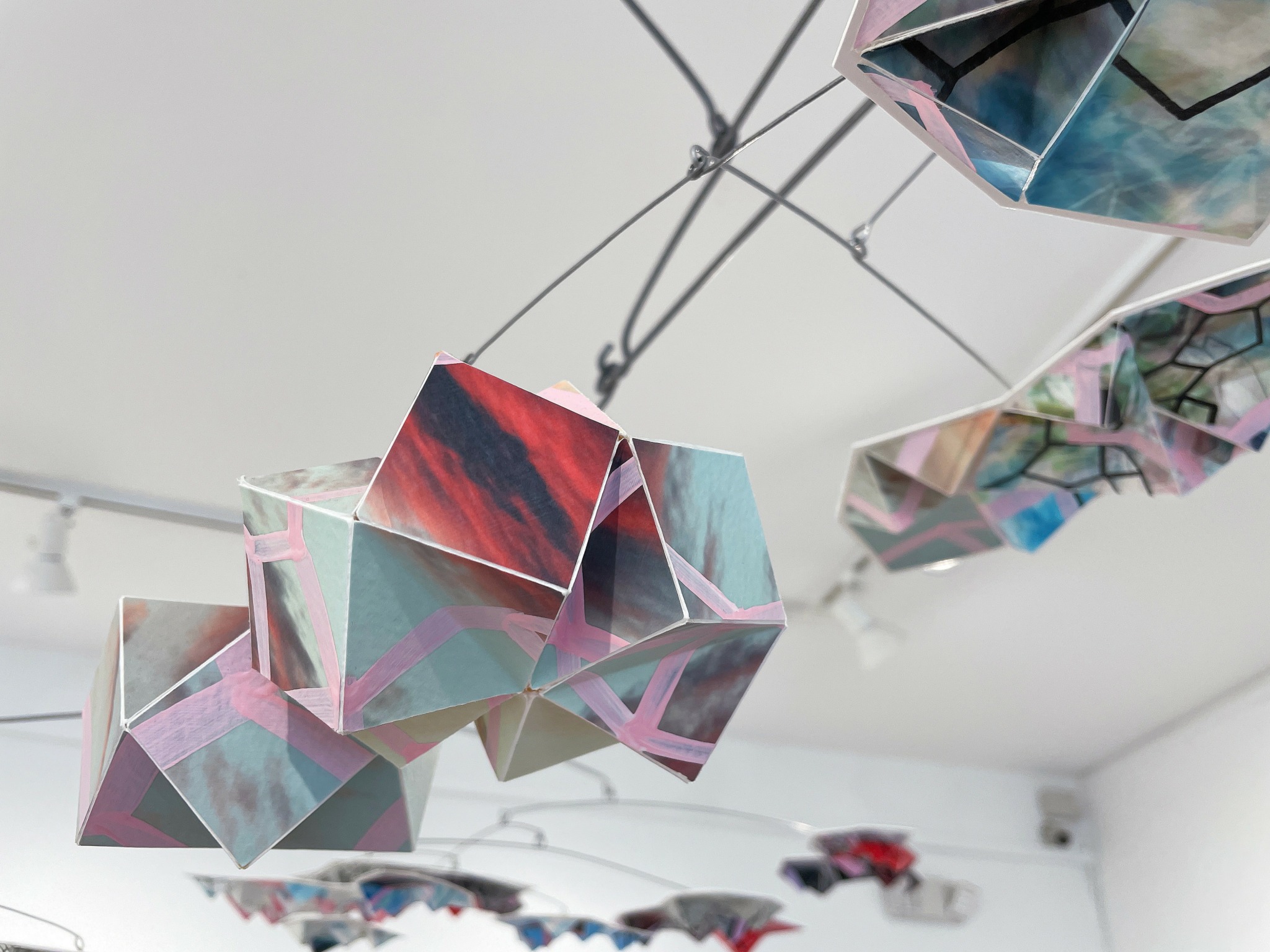
What’s a lesson you had to unlearn and what’s the backstory?
Something I’ve had to unlearn is the habit of trying to control my work too tightly. Since I use math and geometry in constructing my pieces, I tend to obsess about precision and neatness, whether I’m folding a digital print or planning a composition. But what I’ve found is that my most successful pieces, the ones that really sing, usually came about unexpectedly. I might be playing around in Photoshop, doodling on a sheet of paper, or even shuffling prints on my table, and something surprising will strike my eye. More often than not, that surprise leads nowhere, but sometimes it can be the spark of inspiration for a whole body of work. So, I’ve learned to make time and space in my studio practice for those happy accidents to occur, to let my creative process unfold naturally, and to forget my preconceived notions about where my work is headed.
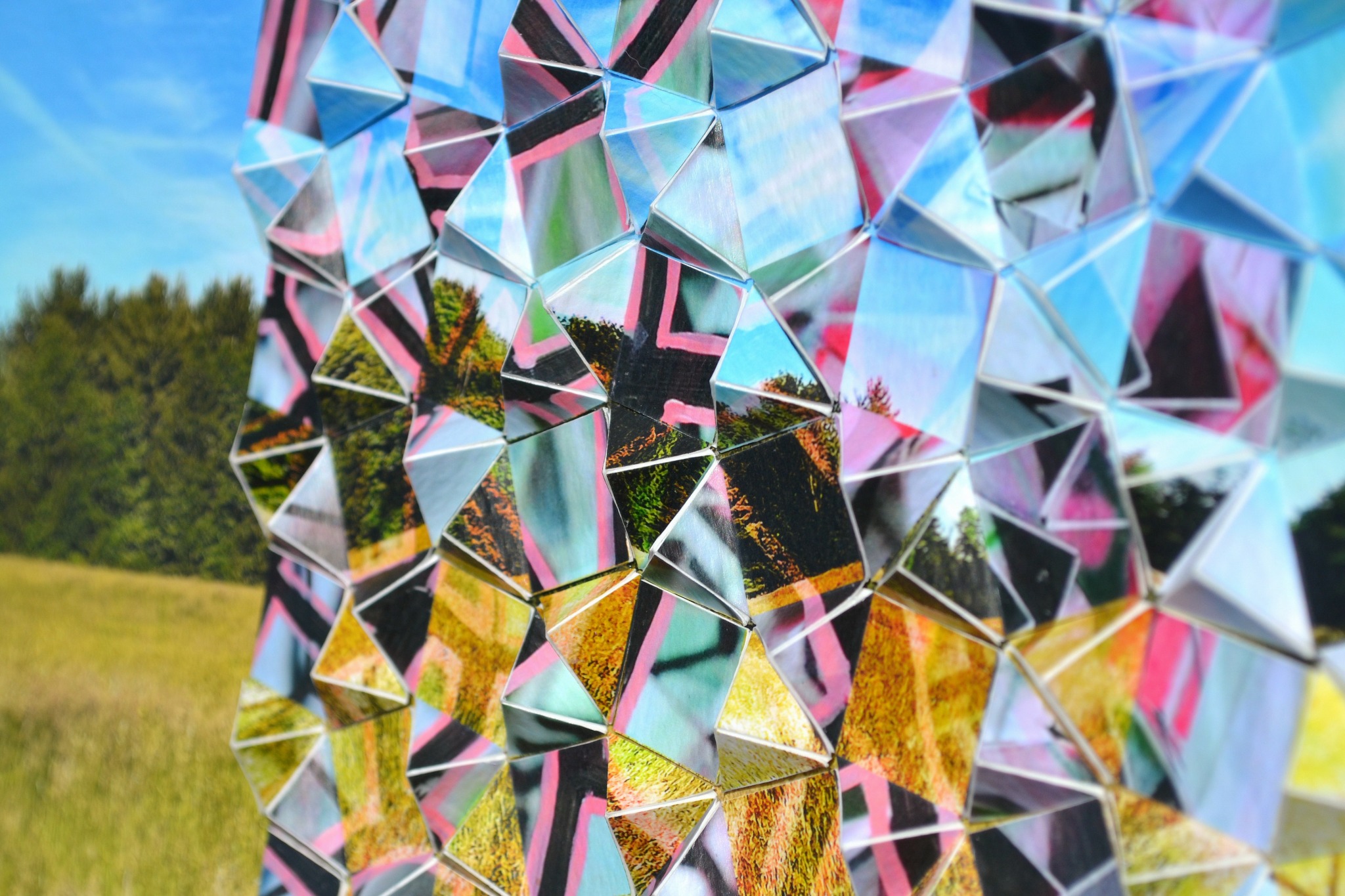
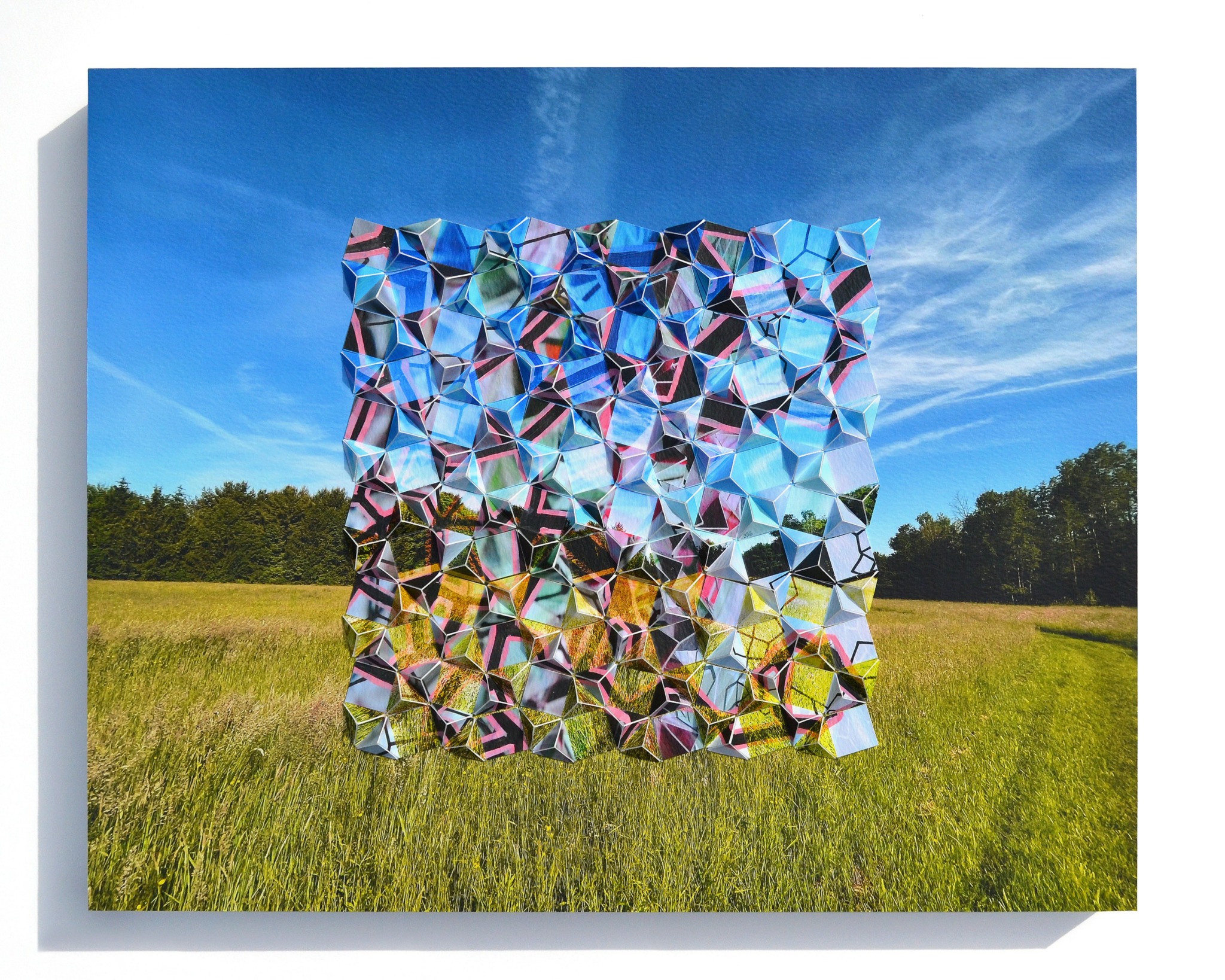
Is there something you think non-creatives will struggle to understand about your journey as a creative?
I think the biggest secret about the creative process is simply the amount of time and experimentation that it takes. When viewers look at a finished product, they often don’t see the many failed attempts that came before it. Artists improvise a lot, making it up as they go along, and the only way to discover what an artwork is about is through the very process of creating it. So, for me, the most important parts of being an artist are: first, spending enough time working in the studio, even when I have nothing specific to work on, and second, paying close attention to what my materials are telling me.
Contact Info:
- Website: https://www.wernersun.com
- Instagram: @wernersun
- Facebook: werner.sun
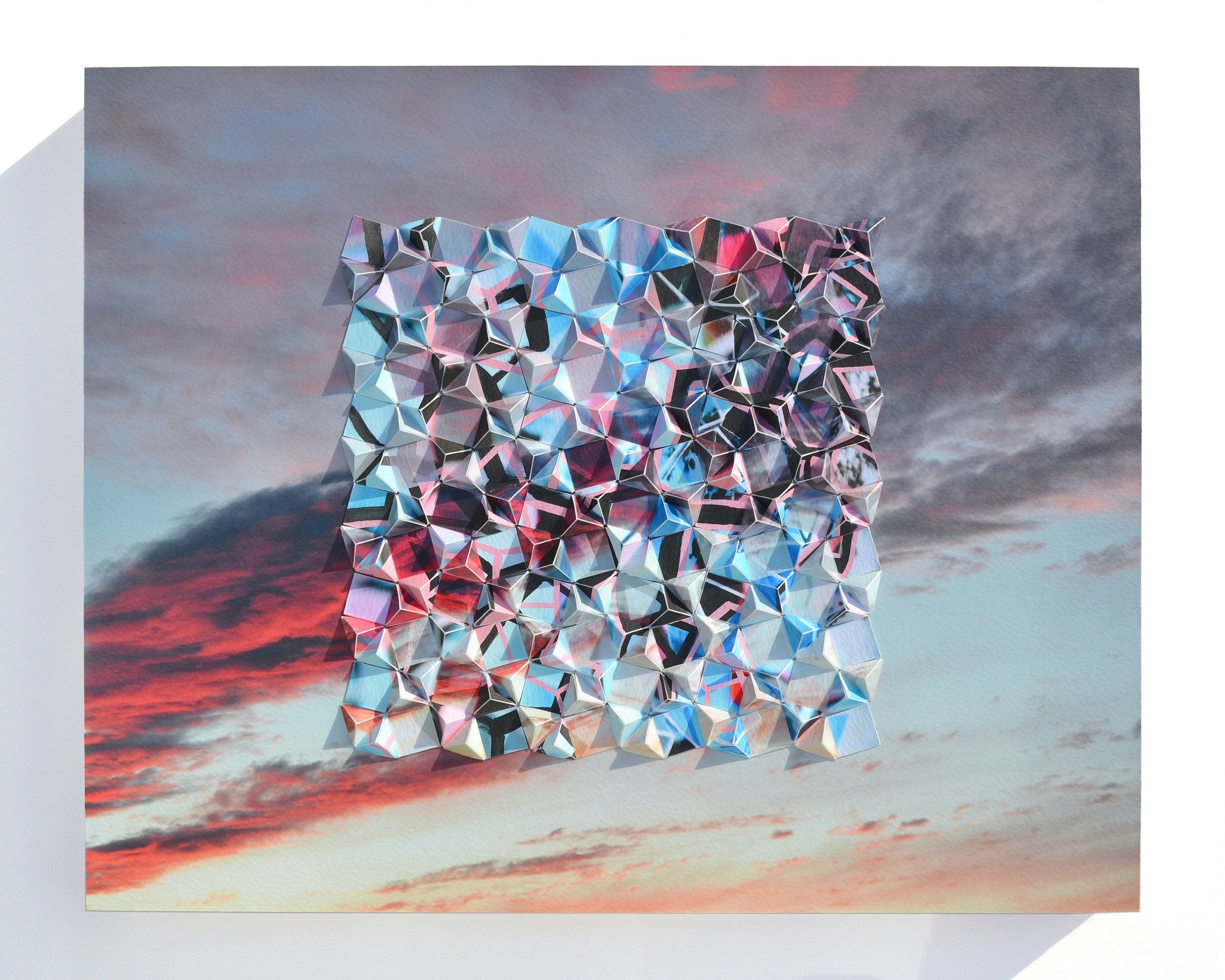

Image Credits
Werner Sun, Rob Costello


